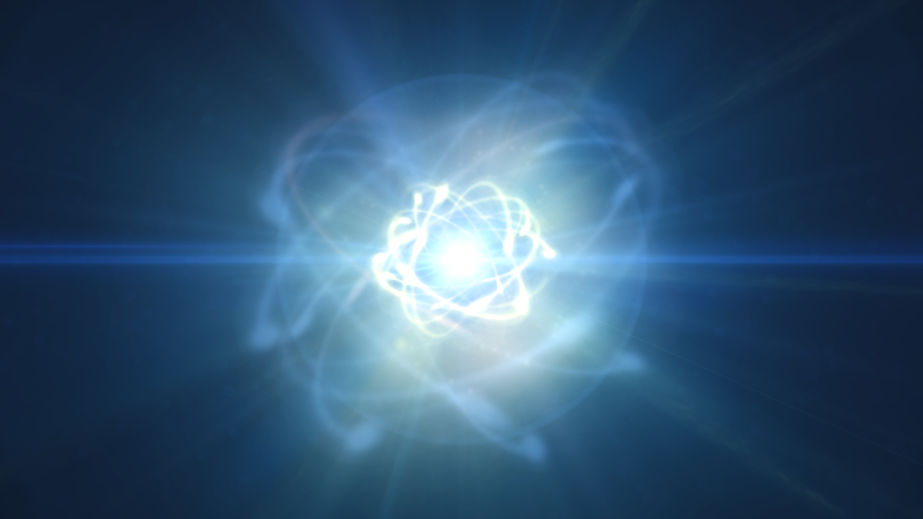Now that the International Thermonuclear Experimental Reactor [ITER] is under construction, the playing field for the planet’s energy future has shifted. Given even the most promising lead time for fusion viability is decades ahead, nuclear fission will have to compete with both fossil fuels and so-called renewables for market share.
So where are we?
Well, just last month the U.S. International Development Finance Corporation (DFC) finalized a change to its Environmental and Social Policy and Procedures that lifts its legacy prohibition on supporting nuclear energy projects abroad. The change aligns the DFC’s definition of renewable energy with that of the U.S. Energy Information Administration.
The DFC, with a total investment limit of $60 billion, supports projects in emerging markets through equity financing, debt financing, political risk insurance, and technical development. U.S. companies have lamented the difficulties of competing globally on nuclear technology with countries such as China and Russia, which have government-supported nuclear programs.
Nuclear Matters, a national coalition supporting the clear benefits of nuclear energy, says the DFC’s decision will “bolster U.S. national security, boost our economy, and help advance global clean energy goals. This landmark policy change will enable U.S. nuclear companies and exports to compete on a more level playing field against state-owned rivals from countries such as Russia and China.”
Now the DFC will be permitted to support the work of U.S. companies working on advanced nuclear technologies including small modular reactors (SMRs) and microreactors, which have lower costs than existing nuclear power plants. Nuclear Matters says the U.S. is now better positioned to help countries reach their development, climate, and decarbonization goals. U.S. nuclear energy companies can offer a portfolio of innovative technologies to meet the increasing global demand for reliable, carbon-free energy over the next decade.
Meanwhile, the Nuclear Regulatory Commission approved a new approach to licensing non-light water reactor technologies. The new guidance is expected to significantly streamline the advanced reactor design and licensing processes that have been slowed down for years due to longstanding and unresolved regulatory policies. The new process is the direct result of a 4-year Licensing Modernization Project (LMP) supported by the U.S. Department of Energy.
The LMP project, led by industry experts with assistance from Idaho National Laboratory (INL), worked in tandem with the NRC to develop this key part of the advanced reactor regulatory framework that offers developers clear guidance on an acceptable approach for licensing new reactors. The effort included a number of industry pilot demonstration projects and data analysis to better inform the LMP proposal as it relates to specific advanced reactor technologies (molten salt, high-temperature gas, fast reactors, etc.).
Just weeks earlier, Energy Secretary Dan Brouillette announced, during a visit to INL, that the Department of Energy will provide $65 million in nuclear energy research funding that will advance 93 nuclear technology projects in 28 states. This funding will be distributed through DOE’s Nuclear Energy University Program, the Nuclear Energy Enabling Technologies, and the Nuclear Science User Facilities, providing thousands of Americans with new jobs, as well as promoting nuclear research and development across public and private sector partners.
Even the U.S. Senate is getting into the act. Back in June Rep. Russ Fulcher, joined by original cosponsor and fellow Idahoan Rep. Mike Simpson, introduced the Integrated Energy Systems Act of 2020 to increase research and to leverage the resources and expertise at U.S. National Laboratories (including INL), the Department of Energy, and our higher education institutions. The House bill is a companion to S. 2702, sponsored by both Idaho Senators, Mike Crapo and James Risch, and West Virginia Senator Joe Manchin.
Then, on July 23, Sen. Lisa Murkowski’s S. 903, the Nuclear Energy Leadership Act (NELA), was incorporated into the National Defense Authorization Act that was approved by the full Senate by an 86-14 vote. Murkowski lamented that the U.S. has lagged “woefully behind” on innovative nuclear energy technologies at great cost to the U.S. economy, America’s global leadership, and the environment.
“The Department of Defense is a logical first customer for advanced reactors,” said Murkowski, “especially the microreactors currently under development, which can be deployed to remote regions. Nuclear energy can also provide safe, clean, and affordable power to homes, schools, and businesses that traditionally rely on more costly energy sources.”
NELA aims to reestablish U.S. leadership in nuclear energy by focusing the Department of Energy on demonstrating advanced reactor concepts, providing fuel for initial advanced nuclear reactors, and developing the nuclear energy workforce. The advanced reactors supported by NELA have significant potential to provide safe, clean, reliable, and affordable energy to installations such as military bases, remote communities in states like Alaska, and to larger towns and cities across the country.
Of course, these nuclear energy advances may not be supported by future administrations. Yet even Democratic members of the House Select Committee on the Climate Crisis included the potential for carbon-free nuclear power in its mammoth and wide-ranging policy plan to embed climate action and resilience within the country’s economy. Then they added a caveat by calling for a thorough assessment of the technology’s costs and potential risks.
But best of all, testing conducted at INL of triso (tristructural isotropic) fuels has found these submillimeter-sized grains of uranium individually wrapped in protective shells to be able to withstand reactor temperatures of over 3,200o F. This is far above the operating temperature of even next-generation high-temperature reactors. According to Paul Demkowicz, director of INL’s Advanced Gas Reactor Field Development and Qualification Program, not one of the 300,000 triso particle coatings failed during the two-week long test.
In short, the future of nuclear fission is as bright in the short term as the future of nuclear fusion may be in a couple of decades – that’s if it can compete economically and survive politically.
